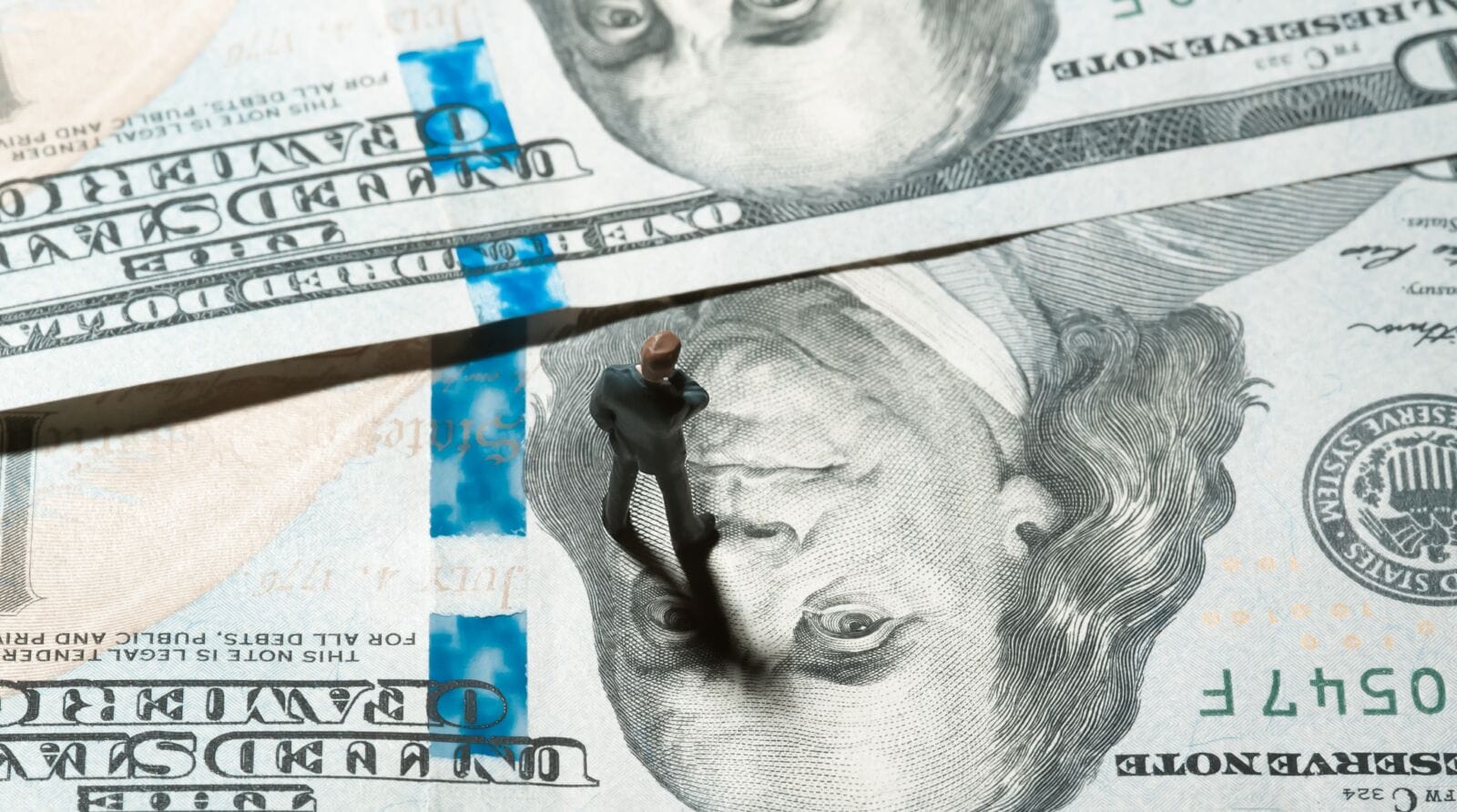In recent months, all eyes have been on the US Federal Reserve Bank as President Donald Trump urges a rate cut. Although Chairman Jerome Powell has held out on keeping rates steady, there’s an increased possibility of a rate cut in the third quarter. US markets remained calm following the Fed’s speech on Wednesday, when the FOMC rate decision was announced.
Details of Powell’s Speech Amid Market Consolidation
The US dollar consolidated on MT4 trading charts as investors waited for changes late on Wednesday and Thursday before closing for Juneteenth. The Fed’s speech did not trigger significant market changes, true to the majority expectation for steady rates.
These are the related highlights from Powell’s speech:
Economic Overview
Powell opened with a general review of the US economy, looking at the GDP growth, consumer spending, and labor market. The US has maintained a low employment rate and a labor market that is “near maximum employment.”
The inflation eased slightly, but is still above the 2% target, prompting the Federal Open Market Committee (FOMC) to revise GDP growth projections to 1.4% in 2025 and 1.6% in 2026. The GDP growth is mainly due to increased imports in Q1 and Q2, as US businesses ramped up imports in preparation for the tariffs.
Inflation Trends and Tariffs
The stubborn inflation eased slightly in Q1, as the total PCE prices rose 2.3% over the 12 months ending in May and core PCE prices rose 2.6%. The Fed expects near-term inflation to rise and has revised the median projection for total PCE inflation to 3% in 2025.
The apex bank is also concerned about the impact of tariffs set to resume in July, especially with the uncertainty about the duration and size of the effect. Consumer spending may take a hit once tariffs resume. A key issue Powell noted is that long-term inflation expectations must be kept anchored, so that one-time price hikes don’t become persistent inflation problems.
Labor Market
On the labor market, Powell noted that payroll jobs gained an average of 135,000 over the last three months. With the unemployment rate at 4.2%, wage growth has moderated but outpaces inflation. The Fed notes that the job market is “not a significant source” of inflationary pressures. Yet, the median projection for the Summary of Economic Projections (SEP) is 4.5% by December 2025, slightly above expectations.

Interest Rate Decisions
Chair Powell announced that the FOMC will keep the federal funds rate target between 4.25% and 4.5%. The Fed will also focus on reducing the size of the balance sheets. In what he calls a “forward-looking approach,” Powell said the bank will “balance the dual mandate of maximum employment and price stability.” The Fed is expected to cut rates later this year; the median projection is at 3.9% at the end of 2025, then declining to 3.6% in 2026, and 3.4% in 2027.
What Does the Fed’s Speech Signal?
Market watchers mainly focus on the interest rate announcement and make decisions based on key statistics, such as employment and inflation rates.
The Fed’s speech signals a careful approach to trade policy as the market uncertainty lingers. The interest rate decisions also signal the Fed’s cautious inflation stance and approach to global trade in the coming months.
The ongoing tension in the Middle East, which could push energy prices higher, may affect the US less, thanks to the reduced dependence on foreign oil. Global energy prices may rise, forcing inflationary pressure in the UK and other countries, and could be a significant factor behind market sentiments.
The FOMC expects inflation to increase in the coming months and will monitor the impact of tariffs on inflation, spending, and hiring.
Impact of the Fed’s Speech on the US Dollar
The Fed’s speech had little impact on the US dollar on Wednesday, but the world’s reserve currency saw an increased demand due to the ongoing Iran-Israel conflict.
The escalating tension is pushing demands for safe-haven currencies. This has seen the dollar edge past the yen, euro, and the Swiss franc to reclaim its safe-haven status despite the Fed’s predictions of a lower GDP. Increased demand for the dollar may cause a bullish response in the currency market when it opens on Sunday.
Key equity, bond, and commodity prices also ended Wednesday with little changes going into the Holiday. US equity markets remained unchanged as investors waited for the dollar to react. However, defense and hardware equities could see increased inflows in the coming months and spark a rally for the dollar.
For traders looking to stay ahead of market shifts triggered by central bank commentary, using a reliable Trading app can offer real-time updates and execution capabilities.
Looking Forward

Investors may be looking for a short-term rally as the US moves closer to next month with the provision of employment and CPI data releases. A possible involvement in the Iran-Israel war may also support the dollar’s rally, but tariffs may be a clog in that wheel.
It is no news that President Trump is at loggerheads with Chair Powell over the interest rates, with his recent barrage coming just hours before the Fed’s speech. Powell’s term ends in May 2026, and his replacement could shake markets. Analysts expect Trump to name someone more inclined to his suggestions, which could have a far-reaching effect on the dollar.
What’s Next?
The Fed’s interest rate decision impacts market sentiments in the US and global markets as investors adjust positions. The Fed’s decision to maintain a higher rate aligns with broad preparations for tariff-induced inflation that could show up in July. Investors will watch for a change in the Fed’s stance as Q3 approaches.




